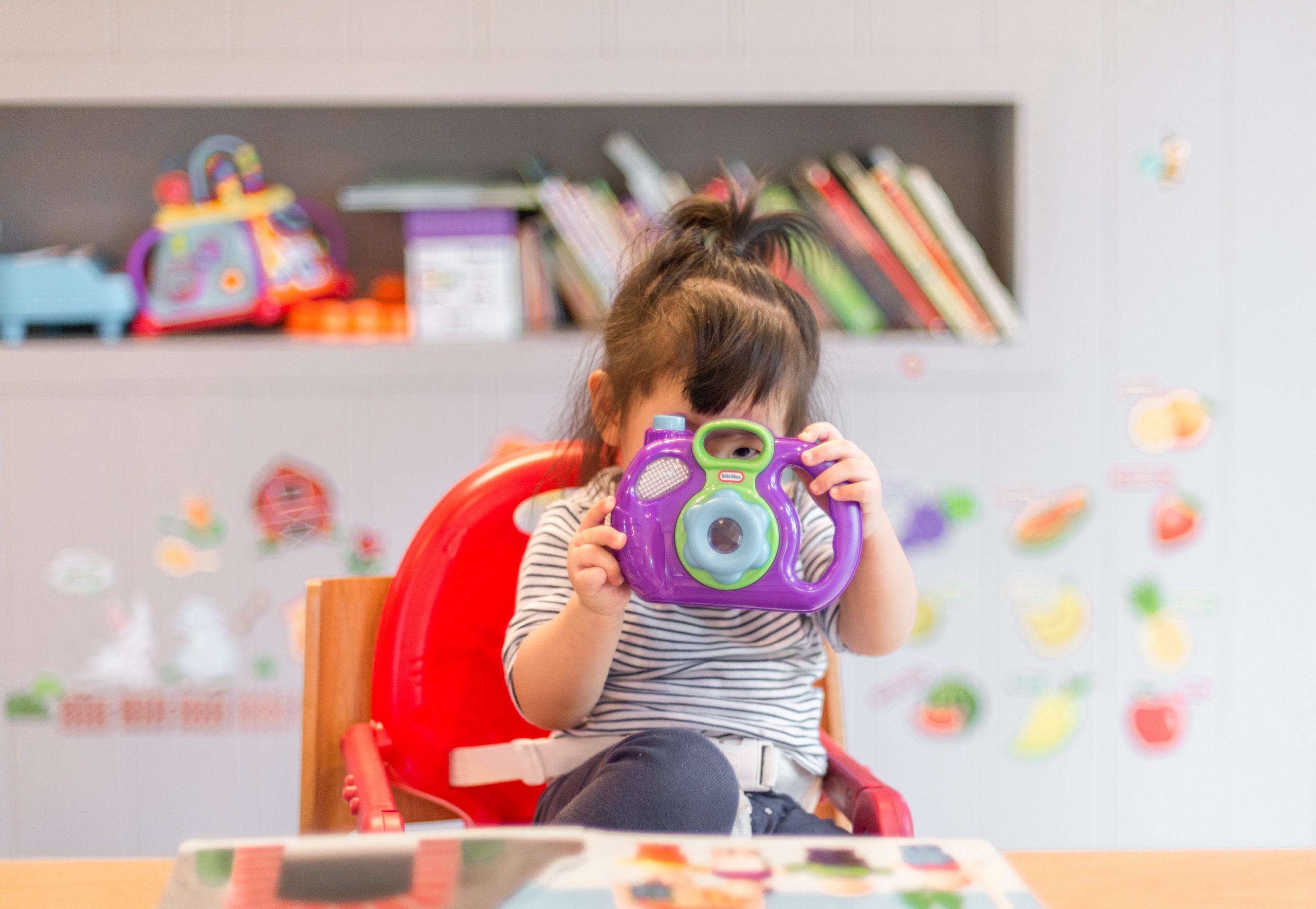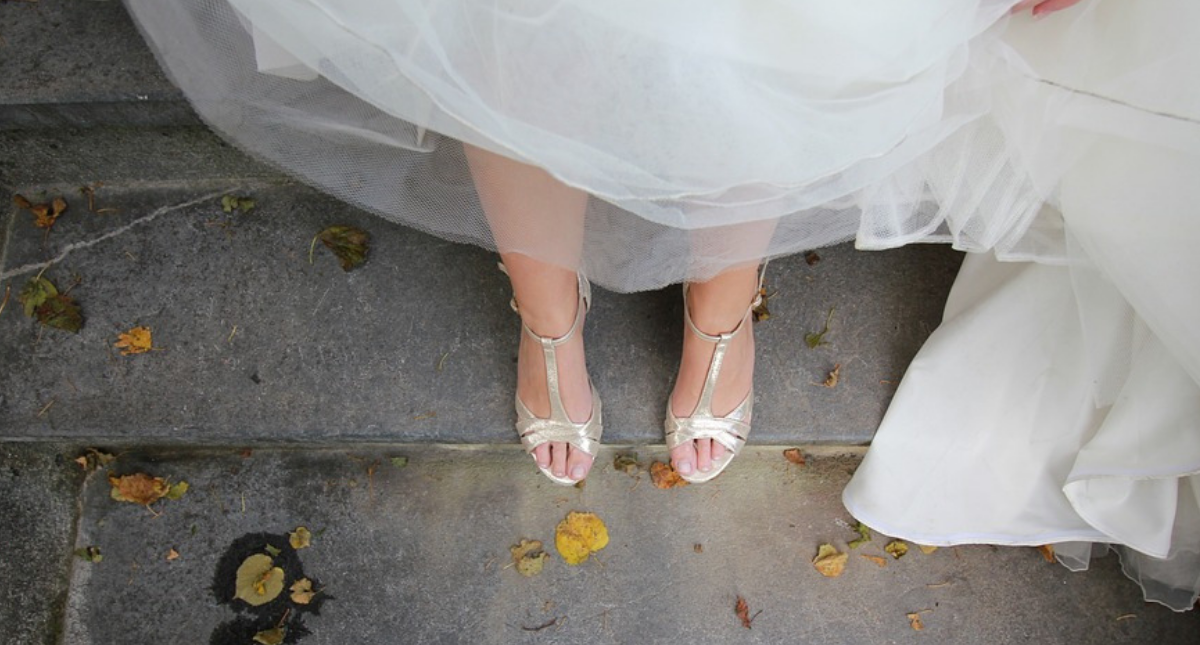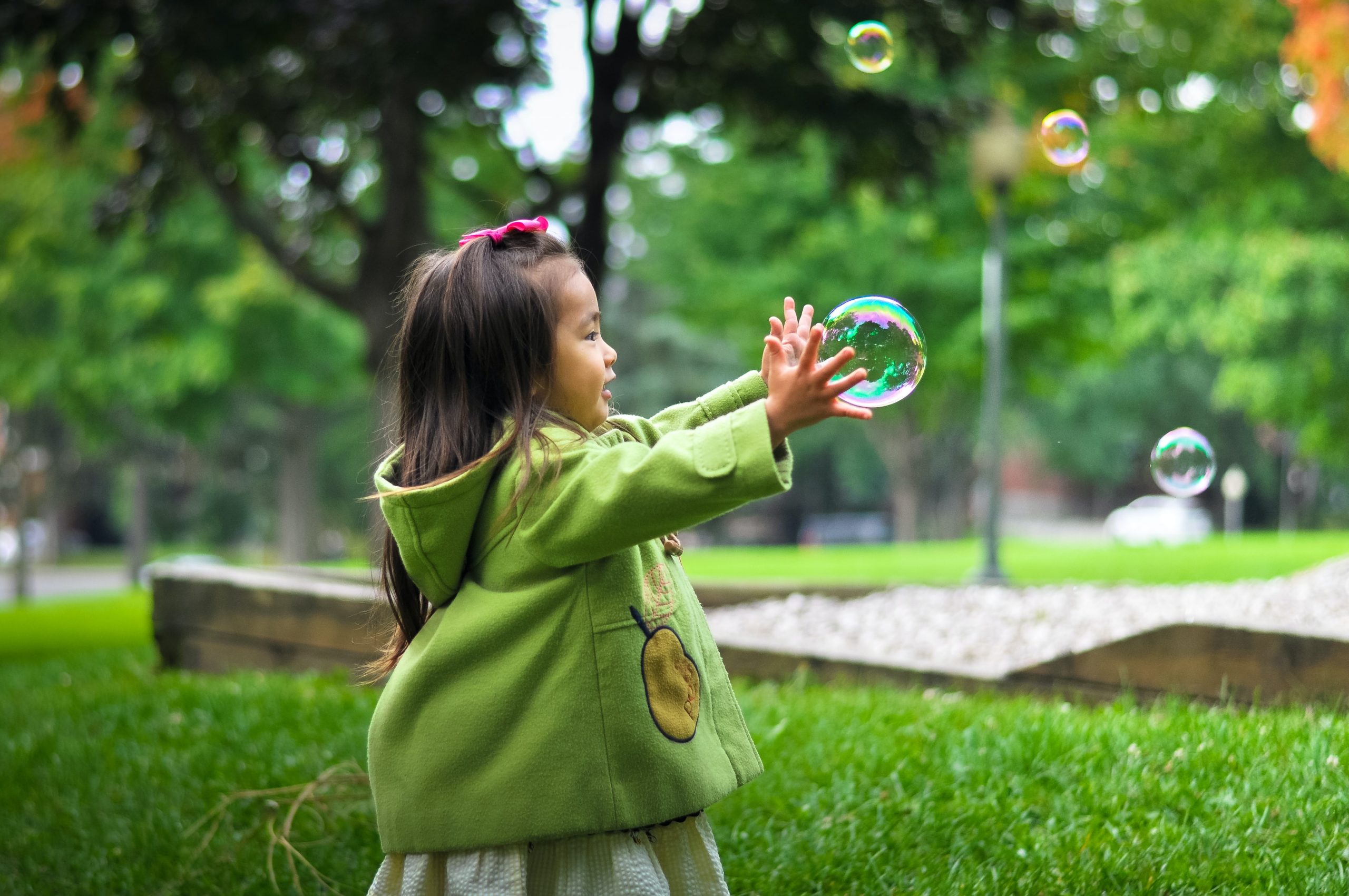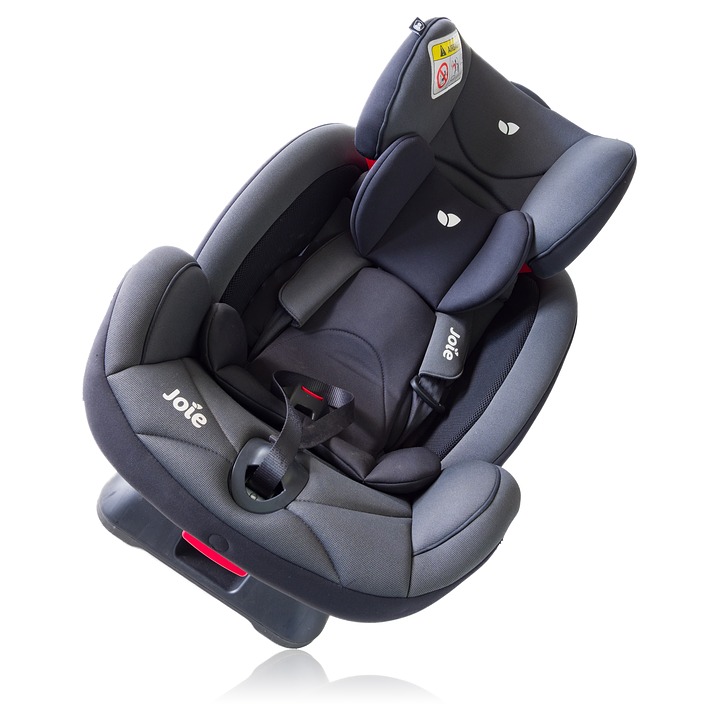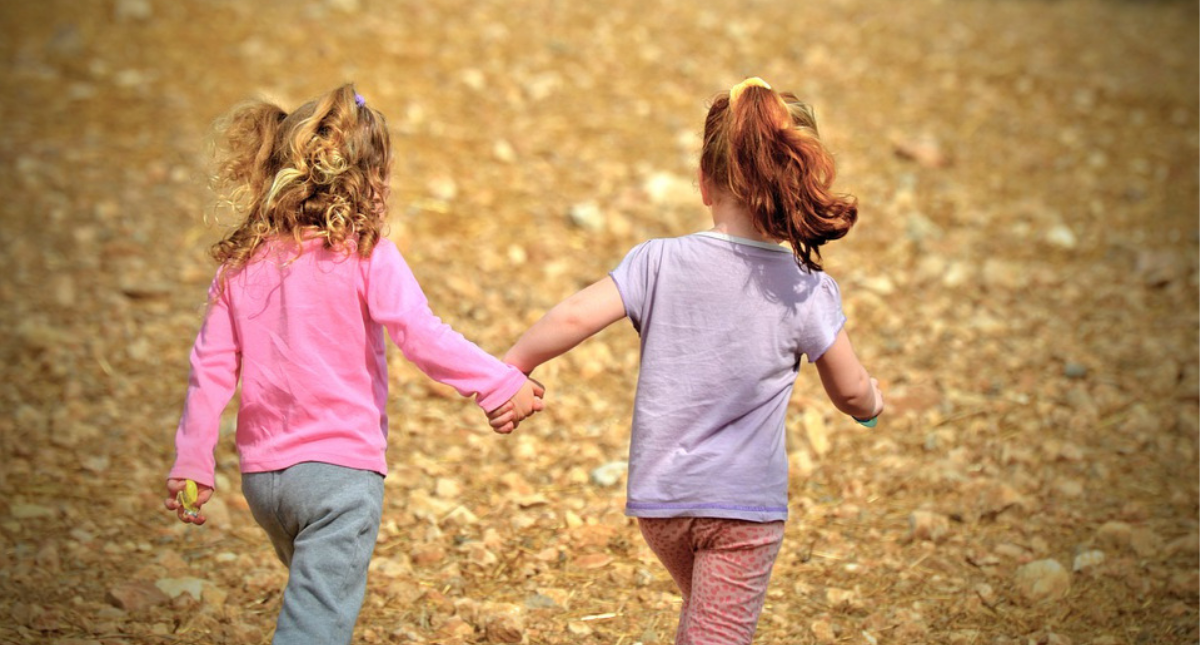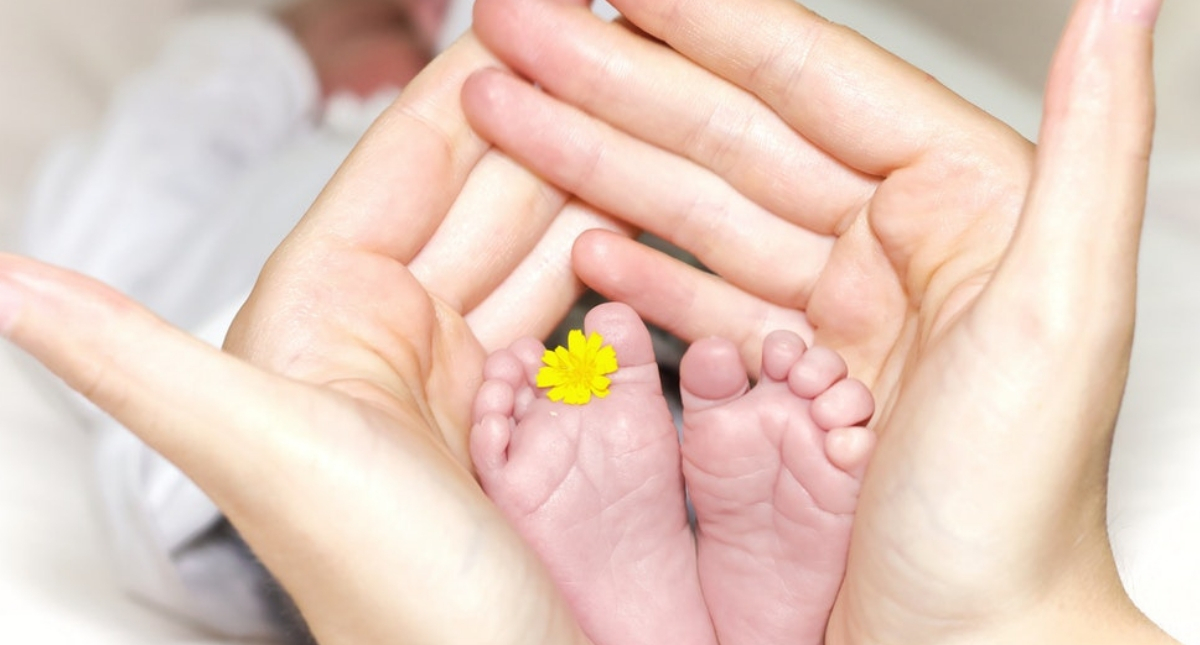

No one said being a parent would be easy. This is epecially true if you are dealing with an angry child. Whether it’s a bad day, a lost toy, or a long overdue nap, raising an angry child does not have to be as unbearable as it can sometimes feel like. At some point in every child’s life, they will have to learn how to deal with anger. The good news is, there are plenty of effective anger management tips for kids available. Many of which are surprisingly easy to practice. Here are a couple tips and tricks for parenting an angry child.
1. Validate Their Emotions
Children are little people with big emotions. Because they’re still little, they might not know how to deal with all these new emotions. And they certainly won’t know how to manage their emotions either. When your little one morphs into an angry child, remember, it’s ok to let them be an angry child. One of the best ways to teach an angry toddler how to manage anger is to let your child feel that anger. It might be instinct to want to give in to whatever demand your little one is pushing, but letting them feel their anger is the first step to teaching them how to manage anger. Once they have calmed down, give them a chance to express themselves with as little or as many words as they have. The important thing is to let them know that when they do get these intense emotions, it’s ok that they feel that way. It’s what they do afterward that matters.
2. Communication Is Key
One of the most effective ways of how to manage anger in a child is through communication. Once your child starts showing anger, remind them of what your expectations are. It’s not enough to stop there either. Teach your child how to manage anger by giving suggestions. This can work with angry toddlers as well. For example, you can tell your little one that “sometimes, when other kids your age are angry they take a deep breath and count to ten.” By giving an angry child an alternative to dealing with their anger other than yelling or shouting, you open up different outlets for your angry child to channel his frustration.
3. Positively Reinforce Good Behavior
Anger management for kids starts way before you have an angry child on your hands. If you are looking for how to get rid of anger in your child, then one of the best ways is to start by positively reinforcing good behavior. When you see your child doing something good, or being well behaved, acknowledge that good behavior. You don’t have to reward them with a treat or prize every time, but a simple acknowledgment with praise will do the trick. Catching kids behaving will encourage them to continue that good behavior. This is especially true with an angry child. Most times, children who continuously misbehave will be caught off guard receiving a positive compliment. Giving them positive praise will remind them how much they are appreciated and can help yield more positive behaviors.
4. The Right Kind Of Punishment
The traditional method of anger management for kids has always been a spanking or yelling at them to get your point across. Not surprisingly, neither of these methods of anger management for kids are effective. Yes, a spanking may solve the problem for the moment, but it’s a no-go for a long-term solution. In fact, you may be doing more harm than good. Study after study repeatedly shows that the wrong type of punishment is not effective. Not only that, but punishment may encourage your child to lash out even more. Especially, if the form of punishment involves violence. If you’re in a situation where you have exhausted all option and need to hand out a punishment, then use a timeout. By instilling timeouts, your child will have a safe space where they can let out their anger. A good rule of thumb is to make your child’s timeouts as many minutes long as their age. Keep in mind, punishment and consequences are two different things. Just because you ditch the punishment does not mean you ditch teaching your child about consequences.
5. Don’t Be Afraid To Use Physical Force
Every mom has been there. Waiting at the grocery store checkout with an angry toddler screaming at the top of their lungs. For some unlucky moms, said angry child might even be prone to grabbing the nearest object and hurling it around oblivious to who it strikes. Once your angry child shows the use of aggression and violence, do not be afraid to use physical force. Restrain them, or if you can’t, have a trusted individual help you restrain them. Then, take them to a location that is safer for them to have their meltdown, like a car or a bedroom. Just be sure to stay with them so you can make sure that they do not hurt themselves. Remember, it’s ok for your child to show anger, just so long as they are doing it in a safe place.
6. Set Boundaries
Every child, even grown teenagers, need boundaries. Not only that, but you may find it surprising that they actually want boundaries. Setting boundaries is a great way to practice anger management for kids because it lets an angry child know how far you are willing to go. There are two components to setting boundaries. The first is it allows you to set your expectations. The second is that you must have consequences in place if those expectations are not met. Consequences are critical when it comes to anger management for kids. Some great consequences include taking away a favorite toy or missing out on a favorite activity.
7. Learn The Word “No” And Don’t Be Afraid To Use It
If you have an angry child on your hands, then an effective technique of how to manage anger in your angry child is by using the word “No”. Sure, it’s an easy thing to tell your child “No”, but too often parents get swayed and the child gets what he wants. When you tell an angry child (even an angry toddler) the word “No”, then it’s important that you stick with it. If you are dealing with an angry toddler, don’t allow them to take control over a situation by giving in. The sooner you start practicing with them the better. When an angry child knows what you will and will not tolerate, they are less likely to act out.
8. Model it
Finally, anger management for kids starts at home, more specifically, with you. If you want your child to display behavior that is not aggressive, then ask yourself, what type of behavior are you displaying? Teach your child how to deal with anger by literally showing them how you deal with anger. The next time the opportunity presents itself, genuinely model for your child how you deal with your emotions when something angers you. Just don’t let them in on the fact that you are modeling. Make a point of talking out loud so that your child can hear your train of thought as you process your emotions.
I hope that these tips can help you to deal with your child’s anger a little bit better in the future!







